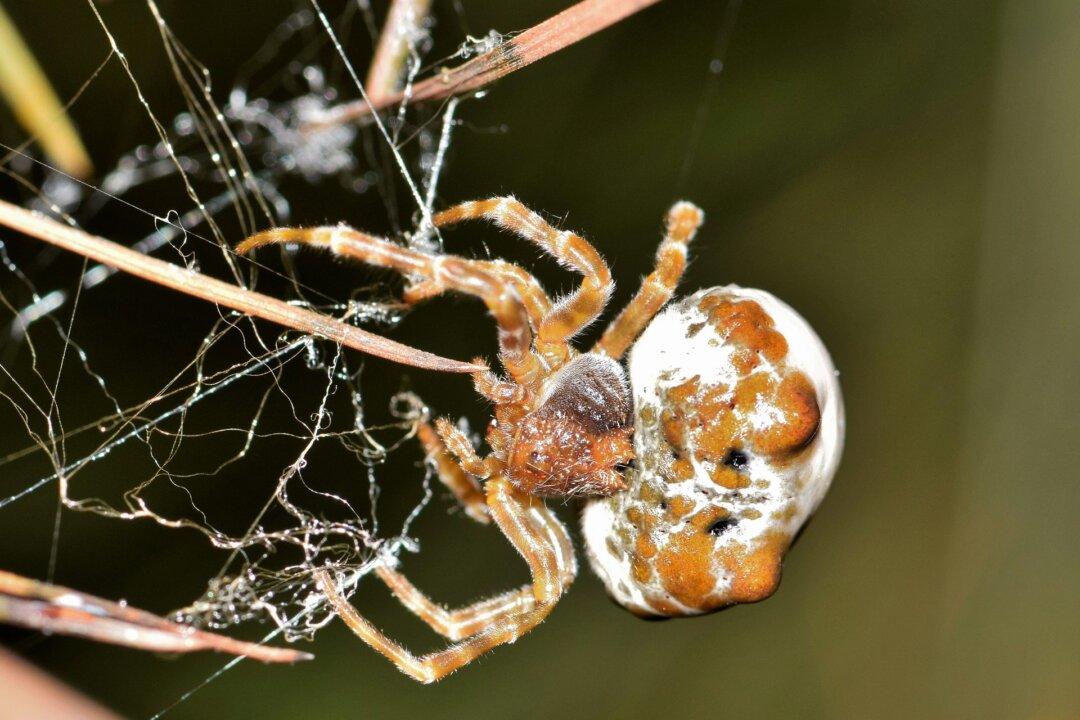A picture of a colorful spider left internet users baffled, horrified, and reaching for the animal encyclopedia after a man stumbled on the weird-looking creature on the stairs of his Sydney home.
William Williamson posted a picture to a community Facebook group, according to the Daily Mail, hoping for help identifying the creature.
The spider, with its green blotches and salmon-pink flecks on a white background, was quickly dubbed the “sushi-spider” by some commenters.




